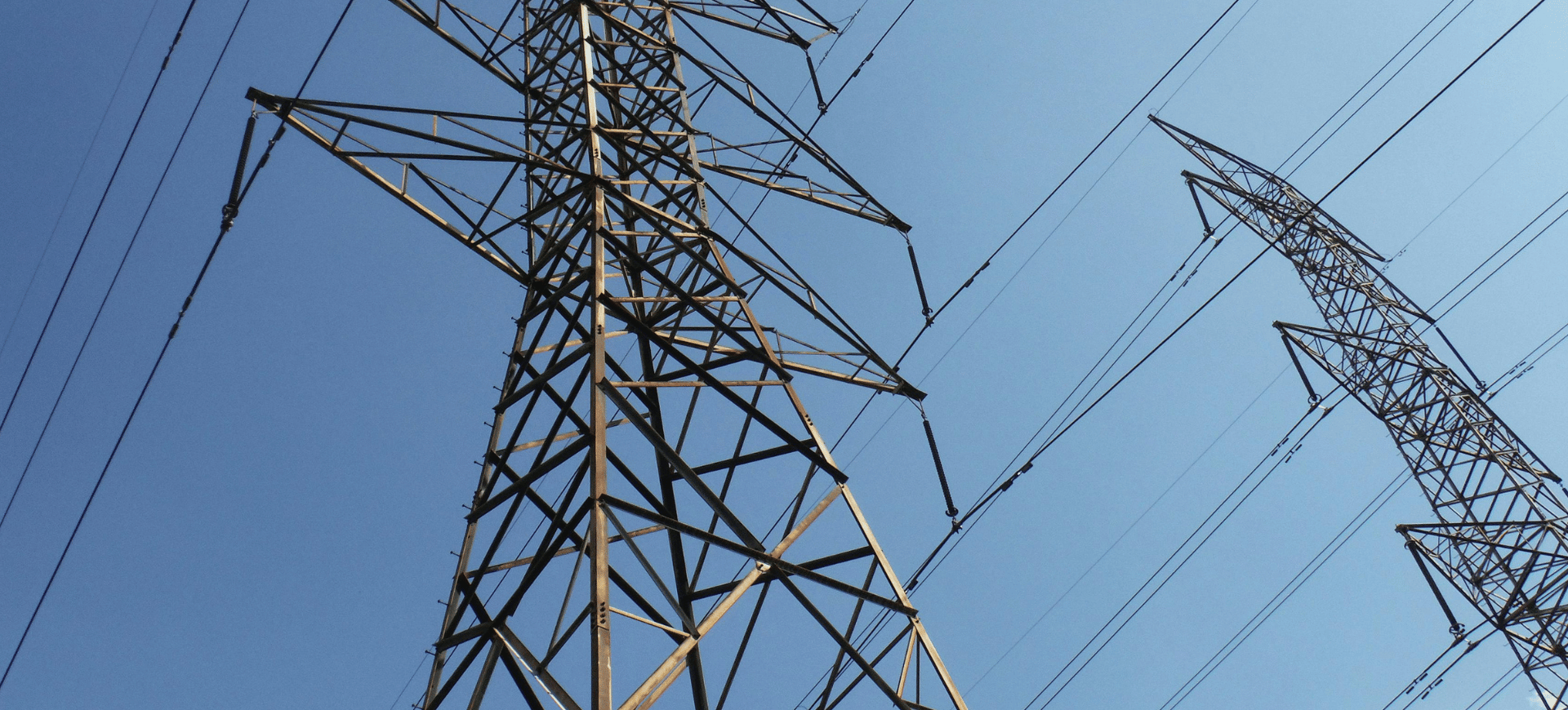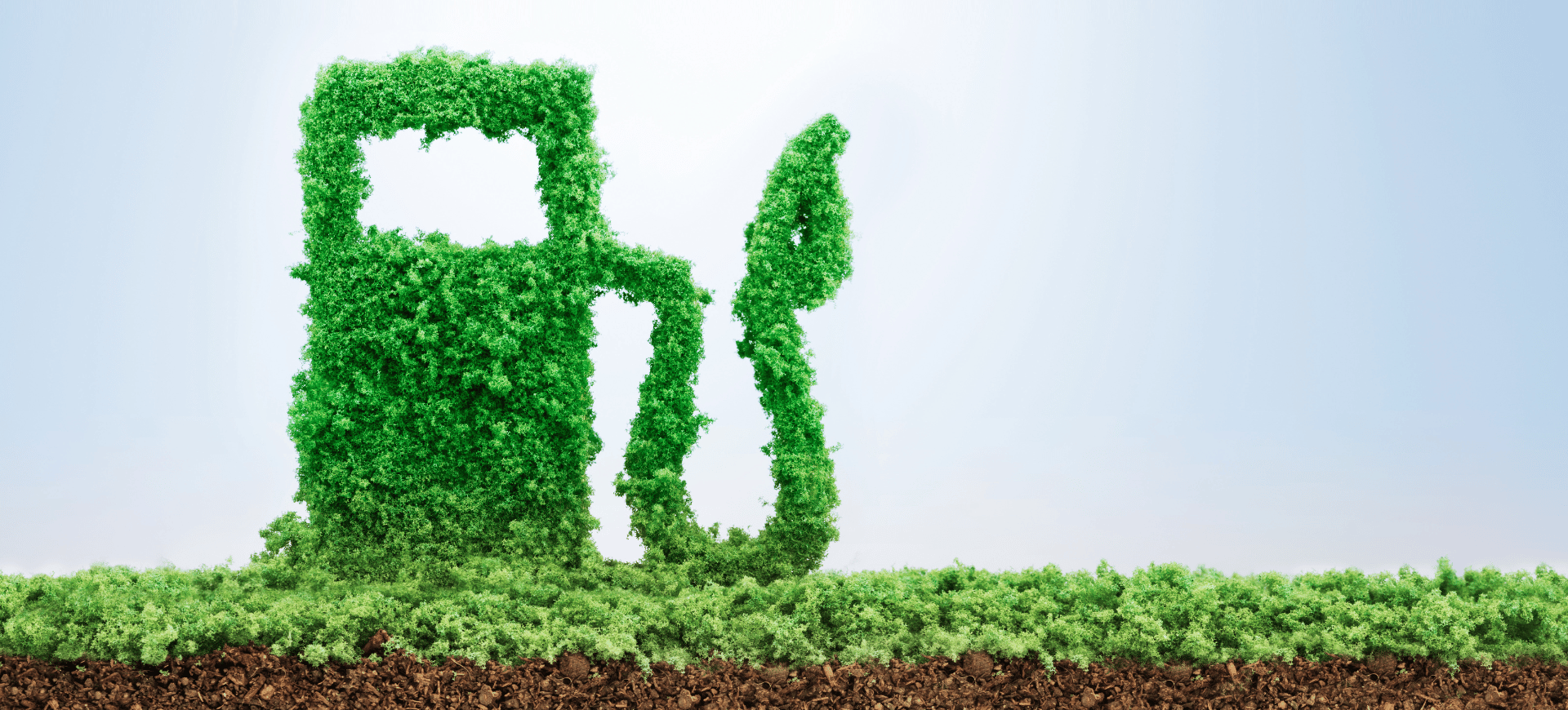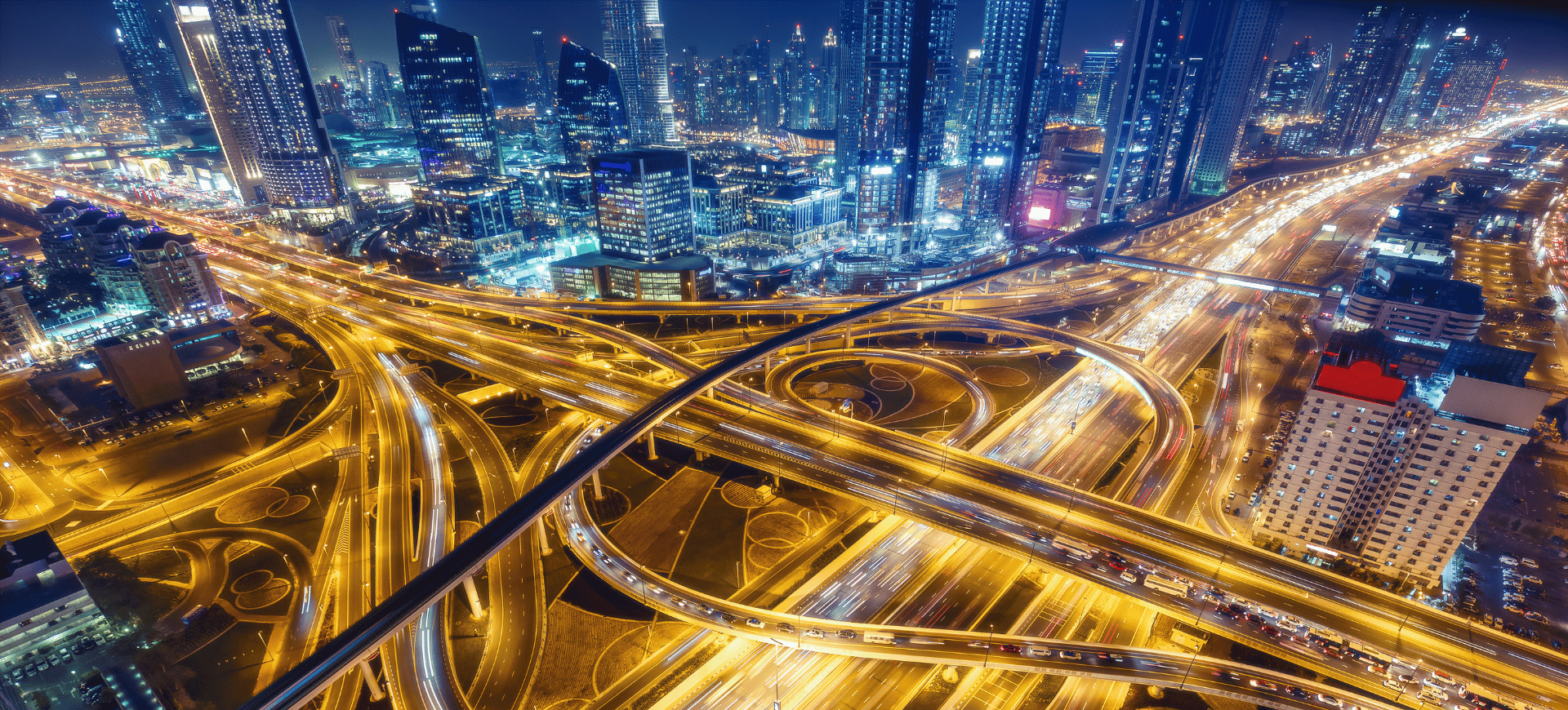Building Resilient Grids: The Backbone of a Sustainable Energy Future
The Need for a New Grid Paradigm
A report from the International Energy Agency (IEA) spotlighted a critical infrastructural gap in the global transition to clean energy. To align with climate targets and safeguard energy security, the Agency suggests an estimated 80 million kilometres of new or refurbished power lines are required by 2040 — equivalent to the world’s current grid length. This expansion is crucial to accommodate increasing renewable energy penetration, the electrification of transportation and heating, and the need for reliable energy access.
As nations intensify efforts to decarbonise, power grids have emerged as both a critical enabler and a potential bottleneck. Without sufficient capacity and resilience, grids could falter under the weight of clean energy demands, undermining climate ambitions. Modernising these systems involves more than just scale—it demands innovative approaches to technology integration, climate resilience, and international cooperation.
Strengthening Resilience Against Extreme Weather
Climate change poses an immediate and escalating threat to electricity grids worldwide. From hurricanes to heatwaves, extreme weather events are testing the limits of grid reliability, often leaving millions without power. A grid designed for the 20th century cannot meet the demands of today’s volatile climate.
To combat this, modernisation efforts must prioritise resilience. Enhancing grid infrastructure with advanced materials, underground cabling, and decentralised energy storage can mitigate the risk of outages. Moreover, predictive analytics powered by artificial intelligence (AI) can help anticipate disruptions and optimise recovery efforts. For instance, real-time monitoring systems are already enabling utilities to respond dynamically to grid stresses during extreme weather.
Policymakers must act swiftly to mandate climate-resilient grid standards. Investment in these measures today will yield significant cost savings and ensure uninterrupted energy supplies for future generations.
The Case for Multi-Country Corridors
International energy cooperation is increasingly viewed as a cornerstone of sustainable energy systems. Multi-country energy corridors, which facilitate cross-border electricity flows, represent a strategic solution to balance supply and demand across regions. These corridors enable countries to pool renewable resources, stabilise grid operations, and reduce redundancy.
Europe’s interconnected energy network provides a model for such collaboration. By linking diverse energy markets, the continent has reduced its dependency on fossil fuels and enhanced grid stability. For instance, when solar production peaks in southern Europe, surplus energy can be routed to northern regions experiencing higher demand.
Similar projects are gaining momentum in other parts of the world. The African Union’s “Desert to Power” initiative seeks to harness the Sahara’s solar potential to electrify the continent. Meanwhile, cross-border corridors in Asia are helping integrate hydropower from Nepal and Bhutan into India’s energy mix. Scaling these efforts globally will require concerted political will, regulatory alignment, and financial investment.
Integrating Advanced Technologies
Digitalisation is revolutionising the way grids operate. Smart grids, powered by the Internet of Things (IoT) and AI, are enabling a more dynamic and efficient energy system. These technologies allow for real-time communication between grid operators and consumers, enabling better management of variable renewable energy sources like wind and solar.
Energy storage solutions, such as battery systems, also play a pivotal role. By storing surplus renewable energy during periods of low demand and releasing it when needed, these systems help stabilise the grid and minimise waste. Furthermore, advances in hydrogen technology offer promising avenues for long-duration energy storage, creating new pathways for grid flexibility.
As we adopt these innovations, cybersecurity must remain a top priority. Increased connectivity heightens the risk of cyber threats, necessitating robust protective measures to safeguard critical infrastructure. Governments and utilities must collaborate to establish secure digital ecosystems that protect grids from emerging vulnerabilities.
Aligning Investment with Climate Goals
The IEA’s report emphasises that achieving these ambitious grid targets requires an estimated $800 billion in annual investment by 2030(Brief). Yet, current funding levels fall short of this figure. Mobilising capital will depend on strong public-private partnerships, innovative financing mechanisms, and clear policy directives.
Governments must create favourable regulatory environments to attract investment in grid expansion and modernisation. Tax incentives, green bonds, and risk-sharing frameworks can encourage private sector participation. Simultaneously, international institutions like the World Bank and regional development banks have a critical role to play in financing grid projects in developing countries, where access to capital is often limited.
Equally important is aligning investment with national and global climate strategies. Grid projects must prioritise low-carbon technologies and renewable energy integration to maximise their impact on decarbonisation efforts.
A Roadmap for Action
The transition to a sustainable energy future hinges on strengthening and expanding electricity grids. As the backbone of modern energy systems, grids must evolve to meet the dual challenges of climate mitigation and energy security. This transformation requires a multifaceted approach that combines resilience against extreme weather, integration of advanced technologies, and the development of international energy corridors.
Leaders at forums such as the World Future Energy Summit must seize the opportunity to prioritise grid investments and foster global collaboration. By acting decisively, the energy sector can overcome current limitations and pave the way for a cleaner, more reliable energy future.
Sources: International Energy Agency: Electricity Grids and Secure Energy Transitions; IEA News: Grids as the Weak Link in Clean Energy Transitions; World Bank: The Role of Grids in Achieving Net Zero Goals; European Union: Energy Interconnections and Cross-Border Collaboration; African Union: Desert to Power Initiative












